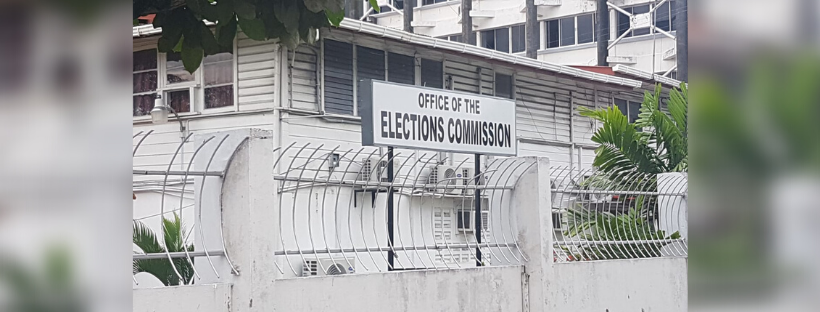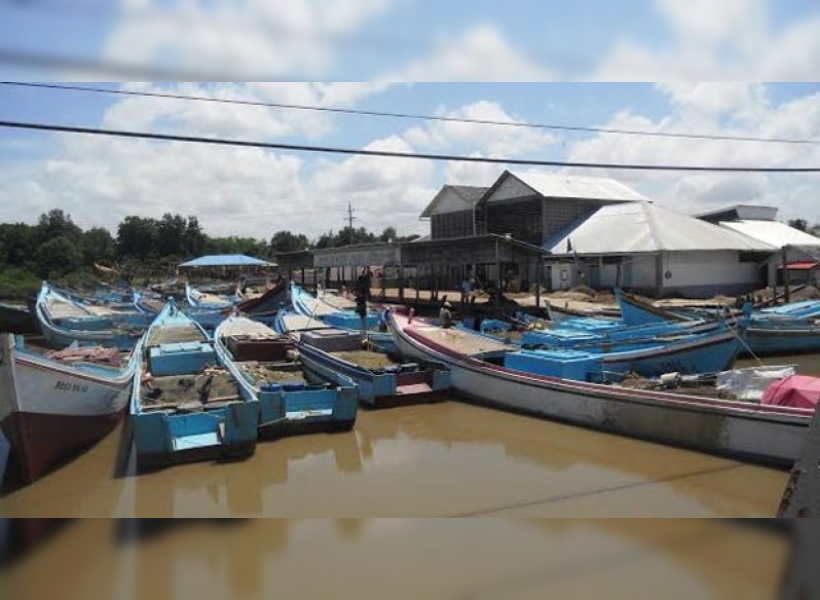By Staff Writer
After learning of the increasing economic pressures facing the fisheries industry due to a decline in catches, Agriculture Minister, Zulfikar Mustapha assured stakeholders on Wednesday that an analysis would be done to ascertain the root cause. Guyana Standard understands this commitment was made following an engagement between the Minister and concerned stakeholders.
During that discourse, Minister Mustapha concluded that, indeed, there has been a noticeable decline in catches over the years. But he was keen to note the government’s unwavering support for the sustainability of the sector.
“Let me make it clear, this government will not let the fisheries industry die. We agree that there have been low catches but we have to shy away from making assumptions without first conducting a proper analysis…We are prepared to work with you to do the work so that we can have a solution to this issue,” Minister Mustapha said.
The government official also informed the fishermen that the government has since engaged the Environmental Protection Agency (EPA) and the United Nations’ Food and Agriculture Organization (FAO) to assist with analyzing the low catches.
According to data from the Ministry of Agriculture, fishery yields have generally declined since 2013 and continued to 2015. This has been attributed to the El Niño-related weather phenomena, while the Ministry of Finance characterizes this as part of a longer-term decline caused by unsustainable overfishing, including illegal fishing by foreign vessels.
Research by this news agency also indicates that the sector recovered in 2016 with growth in both fish and shrimp outputs. Fish output had improved by 20.5 percent, and (total) shrimp output grew by 9 percent. However, prawn output fell by 17.8 percent.
In 2017, production continued with a very modest one percent overall increase. Shrimp and fish catch decreased by 6.2 percent and 1.2 percent, respectively, while prawn catch increased by approximately 4 percent between 2016 and 2017, and small shrimp catch grew by 8.9 percent. Fish catch according to Bank of Guyana statistics continued to decline in 2018 with a 6.2 percent reduction compared with 2017. These changes were attributed to market challenges arising from rigorous international certification requirements and an intrusion of sargassum seaweed.
In 2019, government analysis showed that fish catches increased by 21.4 percent, largely due to growth in local demand. However, shrimp catches were reduced by 25.1 percent and were associated with the intrusion of sargassum seaweed.
In 2020, fish catches showed a marked reduction of 17.1 percent, compared to 2019, attributed to COVID-19 restrictions and related changes in demand for fishery products. Additionally, shrimp catch decreased by 14.3 percent due to weather conditions and an extended closed season for shrimp fishing.
In general, during the COVID-19 pandemic, many companies working in the fishing industry have reduced the number of staff working on a given day. Fisheries plants were closed between April and August 2020, as a result of COVID-19 restrictions, and a reduced number of vessels that went out to sea throughout the year.
According to the Fisheries Department, reasons for the decline in fish catch can generally be attributed to either the depletion or the migration of stock.
Guyana Standard’s independent research also noted that the country’s Fisheries Department has a programme of reviewing stock assessments of seabobs and bycatch to further understand recent trends. Furthermore, fishing interests and the Fisheries Department personnel have also acknowledged the prevalence of illegal fishing by both foreign and domestic vessels, but did not specifically implicate illegal fishing in the decline of stock in recent years.
In the last decade, the contribution of the fishing subsector to Guyana’s national GDP peaked at $25.76 billion in 2014 (3.3 percent of GDP at basic prices) and subsequently declined to $11.45 billion in 2020 (1.1 percent of GDP at basic prices).













